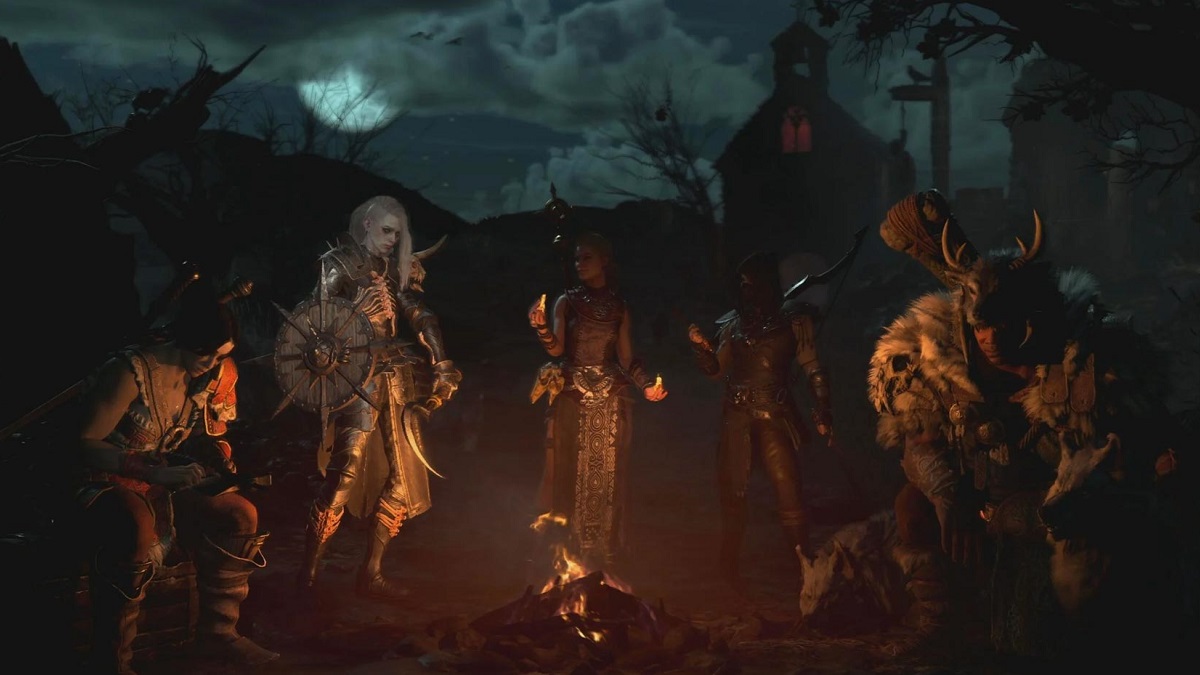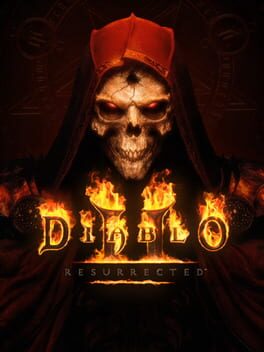

Diablo 2 is a beast of a game that, 21 years on, still casts a long shadow - over the tortured development of its successor (a fate Diablo 4 doesn't seem to have escaped, either), and over the action-RPG genre it defined. That's not to say I don't have complicated feelings about Diablo 2: Resurrected for different reasons. But I've let it have no bearing on the rest of my review.

Personally, as someone who loves the studio's games, I am conflicted and still undecided. It feels important to lay all this out, but it's not my place as a critic to tell you how to feel about playing Blizzard games in 2021. But Diablo helped set the Blizzard tone, too, with its none-more-metal aesthetic, kitchen-sink lore, cutting-edge online multiplayer and endgame of abyssal depth and complication. Diablo 2 is an adopted child of the Blizzard culture at best. (Indeed, its former studio head Jen Oneal was recently named co-leader of Blizzard, a new broom presumably intended to lead reform there.) What's more, the original 2000 game was made by Blizzard North, an autonomous studio quite distinct from the SoCal mothership. Much of the work on it was done by Vicarious Visions, a blameless outfit only integrated with Blizzard earlier this year. In some respects, this beautifully produced remaster of Diablo 2 is unlucky to be Blizzard's first release since the state of California filed suit against the studio.

In the wake of the appalling recent revelations about the studio's "frat boy" culture, this is now a question we have to ask ourselves about Blizzard games, too. Where do you stand on separating the art from the artist? Maybe you've mulled this over when considering whether to watch a Roman Polanski film or listen to a Michael Jackson album - and Lord knows, the history of art would be impoverished indeed if we stripped it of all its monsters. You can't fault the craft of this painstaking remaster, and the game itself still has an ornery magnetism - but Diablo 2 is showing its age.


 0 kommentar(er)
0 kommentar(er)
